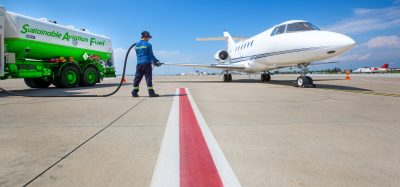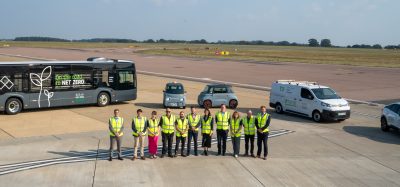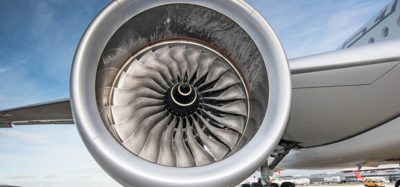Further improvements in UK airspace efficiency
- Like
- Digg
- Del
- Tumblr
- VKontakte
- Buffer
- Love This
- Odnoklassniki
- Meneame
- Blogger
- Amazon
- Yahoo Mail
- Gmail
- AOL
- Newsvine
- HackerNews
- Evernote
- MySpace
- Mail.ru
- Viadeo
- Line
- Comments
- Yummly
- SMS
- Viber
- Telegram
- Subscribe
- Skype
- Facebook Messenger
- Kakao
- LiveJournal
- Yammer
- Edgar
- Fintel
- Mix
- Instapaper
- Copy Link
Posted: 14 November 2013 | NATS | No comments yet
The environmental efficiency of UK airspace has improved over the last three months of the year, continuing a trend begun in the spring…


The environmental efficiency of UK airspace has improved over the last three months of the year, continuing a trend begun in the spring.NATS is unique in the world in measuring the efficiency of the aircraft flying through UK airspace using its 3Di metric. Each flight is compared to a scale where zero represents total environmental efficiency. Most flights usually score somewhere between 15 and 35, with the UK Civil Aviation Authority setting NATS a target score of 24.
By providing smooth continuous descents and climbs, direct routes and optimum flight levels, air traffic controllers can help minimise aircraft fuel burn and carbon emissions, thereby earning a low 3Di score.
The latest statistics show the running average score for 2013 now stands at 23.5.
This represents an improvement over the beginning of the year where poor weather saw the 3Di score rise above the CAA target.
Ian Jopson, NATS Head of Environmental and Community Affairs, said: “These latest results show that we’re well and truly back on track and it is especially pleasing to see consistent improvement over the course of the busy summer season, with August in particular scoring very well.
“Severe winter weather will always present a challenge, but we will be doing our best to continue the current improving trend well into next year and beyond.”
NATS environmental programme involves delivering long-term improvements to the efficiency of UK airspace. Since 2008 it has helped avoid the release 800,000 tonnes of aircraft CO2 into the atmosphere – the equivalent to cutting £160 million from airline fuel bills.
Read the full commentary on the NATS’ latest environmental performance.

















